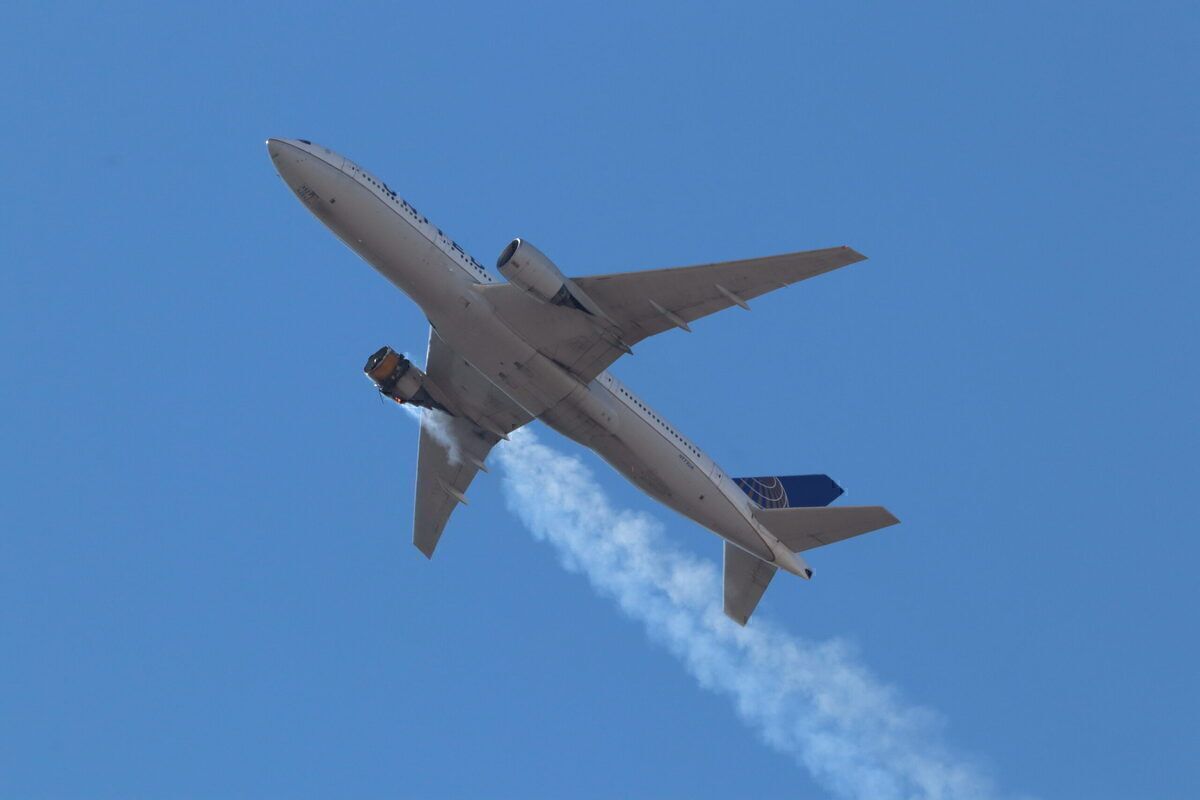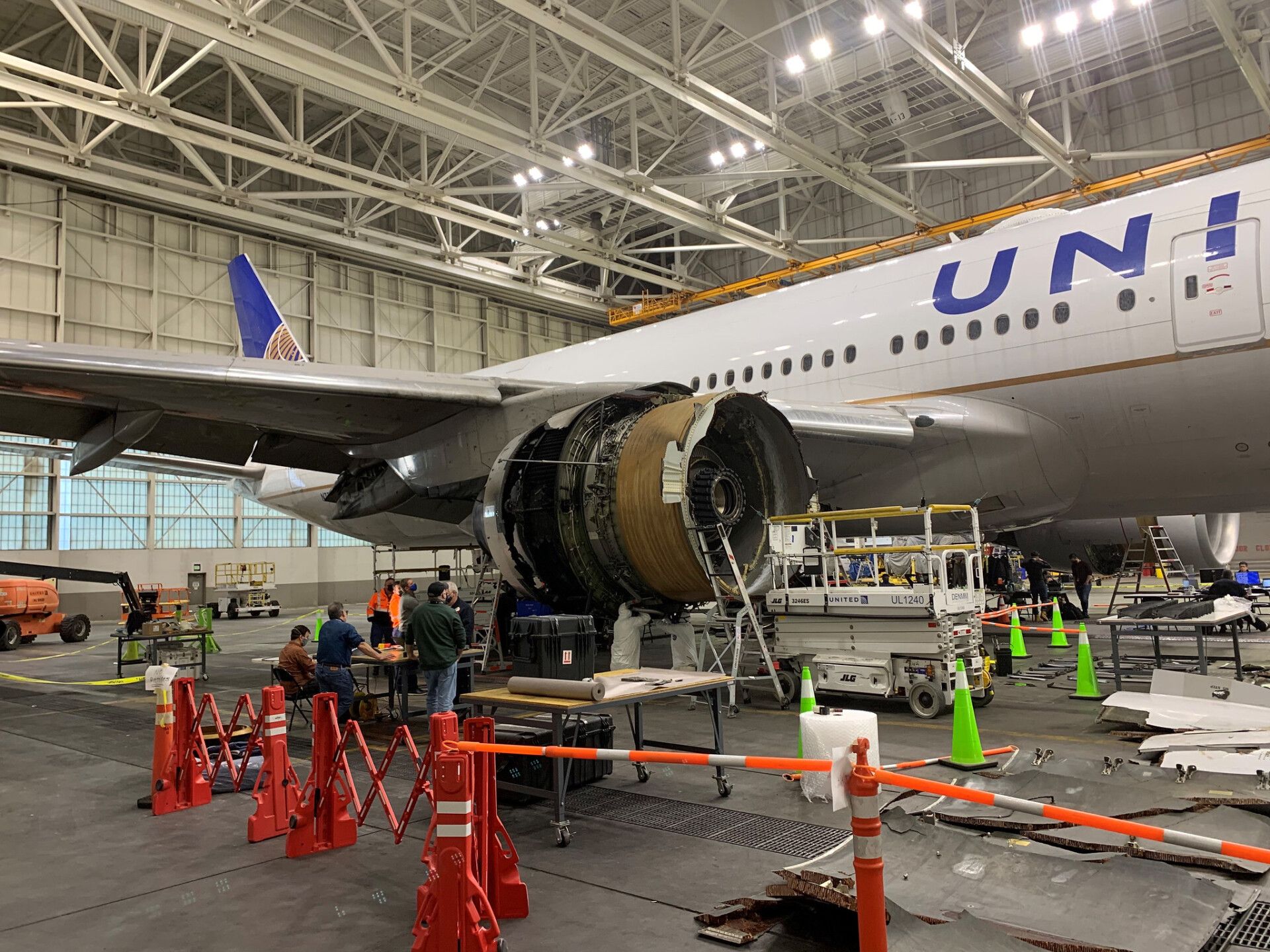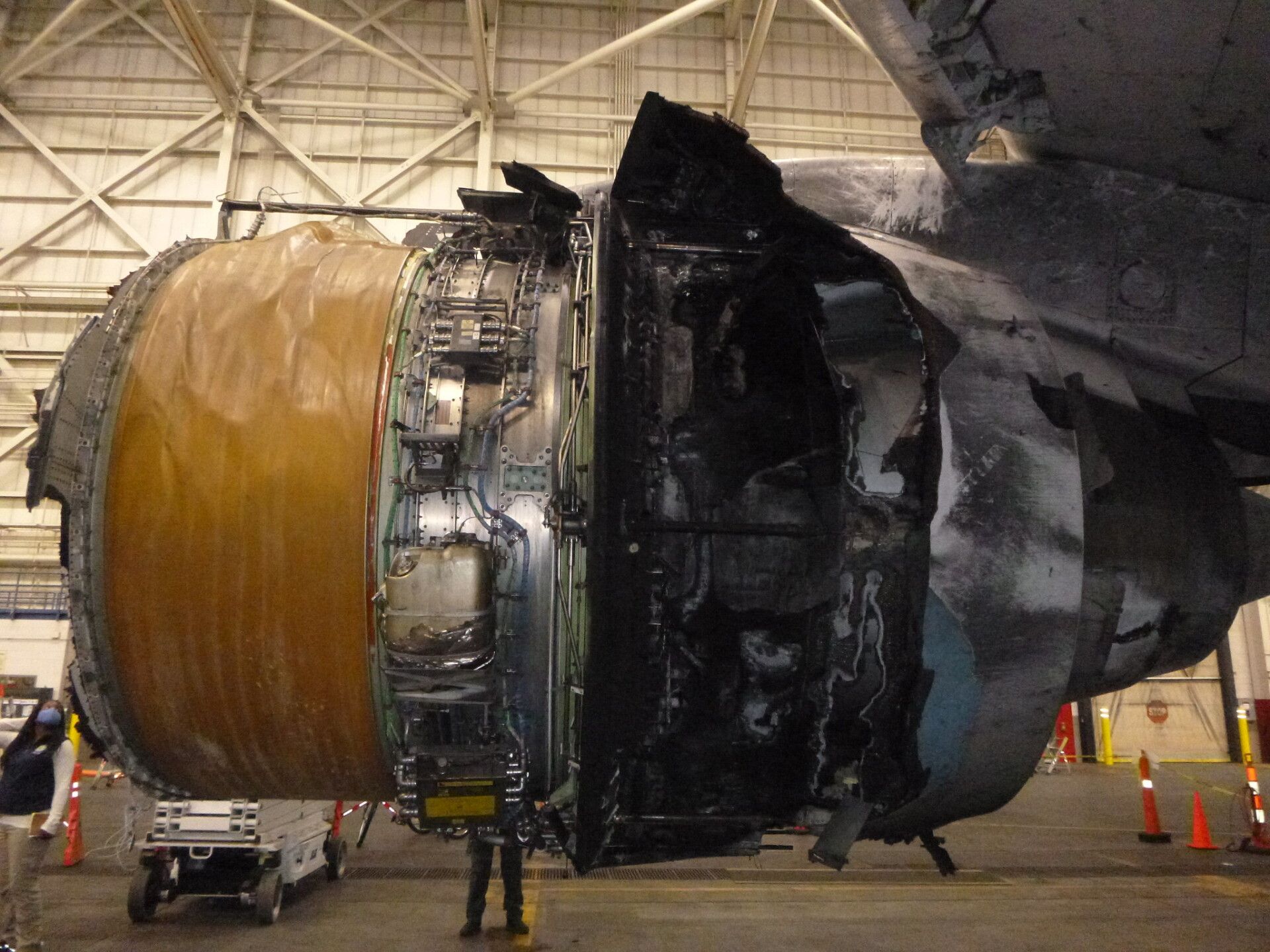The Federal Aviation Administration (FAA) has proposed a change to Boeing 777-200 aircraft engines grounded since an uncontained United Airlines engine failure earlier this year. The changes would allow the fleet to get back into the skies as soon as next year with reinforced engine cowlings and a handful of other changes.
Boeing 777-200 aircraft belonging to United Airlines and Japan Airlines have been grounded for much of the past year. The FAA enacted the move after a United Airlines example showered a Denver suburb in engine debris earlier this year.
FAA Proposes changes
According to Reuters, the FAA has proposed several changes that, if enacted, should allow airlines to return their affected Boeing 777-200 aircraft to the skies. The publication reports that the FAA recommends several measures to stop the events of United Flight 328 from being repeated.
The measures proposed by the aviation regulator include strengthening the engine's cowlings alongside enhanced inspections of the engine's major components, including the fan blades. Depending on the results of the examinations, further changes to the aircraft may be required before the aircraft are cleared to return to the skies.
Which airlines will benefit from the changes?
According to data from ch-aviation.com, just 31 Boeing 777-200 aircraft remain in the global fleet (note, this doesn't include unaffected Boeing 777-200ER aircraft). Only one US airline has the Pratt & Whitney PW4000 engine on the 777, the series involved in the failure earlier this year.
Stay informed: Sign up for our daily and weekly aviation news digests.
As established, United Airlines will be the primary airline to benefit from getting the aircraft back in the skies. The US carrier currently has 19 aircraft affected by the grounding. Only one other airline has such an aircraft. Japan Airlines has eight affected aircraft.
Reuters reported that a United Airlines spokesperson commented,
"[The proposed fixes] are a good outcome for our industry and United customers. Many of the affected engines have already undergone these proposed inspections. We expect these aircraft to safely rejoin our fleet early next year."
Why were the planes grounded in the first place?
So why were these 27 aircraft grounded in the first place? As mentioned, the reason for the grounding can be found in United Airlines flight 328 on February 20th. The aircraft, N772UA, took off from Denver International Airport at around 13:00. At 13:09, the jet suffered a failure of the number two engine (the one on the right of the fuselage).
The engine failure was uncontained, meaning that parts of the engine ended up breaking free and escaping the engine. Some fragments damaged the fuselage, while others rained down over part of the city. One striking photo from the incident shows the ring at the front of the engine resting by a house.
Thankfully, the aircraft landed safely without injuring passengers. The NTSB then took the plane, and collected engine fragments, to investigate to stop a repeat of the incident.
What do you make of the FAA's proposed changes? Let us know what you think and why in the comments!



